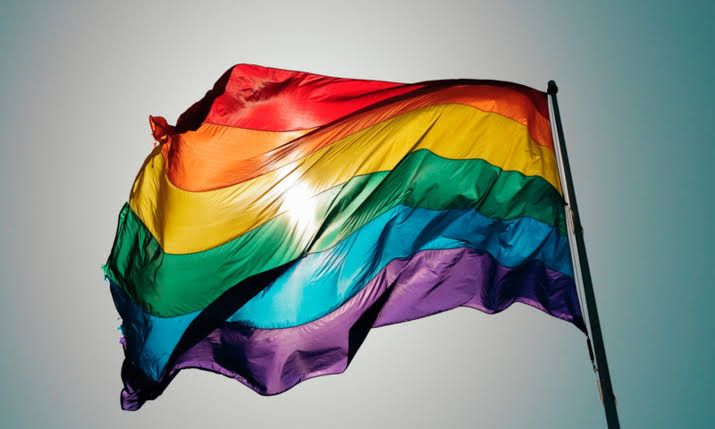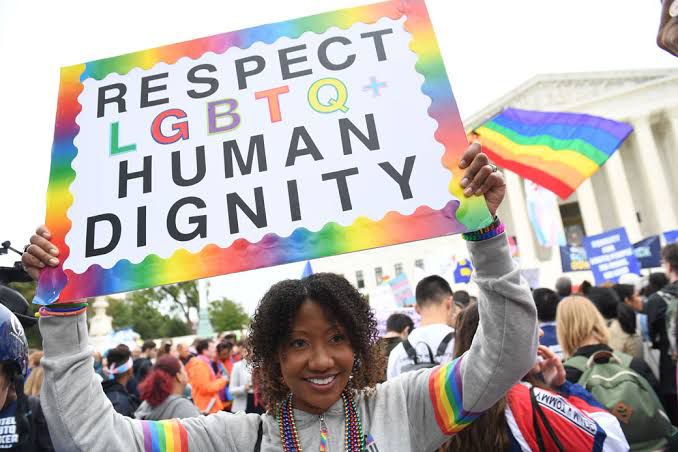DEEPFAKES – The New Age Crime
Name – Ananya P Rau
College – University Law College, Bangalore University.
- Introduction
With the rise of intelligent machines and a technologically driven society, the definition and nature of crimes have shifted its due course. Creating fake identities to commit fraud has long left the realm of its definition. Online imposters have now started to change course to use the mechanism of deepfakes to create fake videos and images, with the intention to circulate it online, create pecuniary frauds and more, to harm the victim. “A deepfake is a fake photo or video generated by a special kind of Machine Learning called ‘deep’ learning.” There has been umpteen evidence to substantiate that man has manipulating photos and video since many years. This allowed for error, which made it evident to viewers when a photo or video is fake. Deepfakes are not limited to circulating and manipulating photos and videos, they extend to committing pecuniary frauds, by impersonating loved ones on video and making demands for money. This sets a dangerous precedent, as computer technology is becoming self-sufficient and can teach themselves from large sources of data available. Deepfakes are the more advanced version, which utilizes compelling Artificial Intelligence mechanisms to dupe human eye, making fake content seem more genuine to viewers, and thus reinforces the argument for a strong and vigilant framework, which governs the interface of Law and evolving Technology.
- Governance of Computer Related Crimes in India
The Information Technology Act, 2002, is the governing legislation for computer related crimes in India. Although not comprehensive of sections particularly targeting deepfakes as a crime, it addresses the crimes of circulating of photos and videos using a computer. The relevant sections are 66D and 66E. Those Persons, who with malicious intent, using computers, impersonate or cheat and capture, publish any person’s photos or videos, without their consent, are prosecuted under the sections, respectively. The IT Rules, 2021, further enhance protection by mandating that such content be taken down within 24 hours of the complaint, and that no website can host content with misrepresents or impersonates another person.
- The Right to Privacy in India
“Time works changes and brings into existence new conditions. Subtler and far-reaching means of invading privacy will make it possible to be heard in the street what is whispered in the closet.”
Privacy is an ingrained essential of every human existence. The Right to privacy is not explicitly mentioned in the Indian Constitution, 1950. Which gave rise to the question, does the Right to Privacy constitute a fundamental right in India? This question becomes pertinent in view of rising computer crimes, in particular, deepfakes. Owning one’s pictures and videos, utilizing them, and posting content must remain wholly the owner’s right. The Apex court, in the landmark judgement of Justice K S Puttaswamy v. Union of India, held that the Right to Privacy is read along with the ambit of Article 21 of the Constitution, which is the Right to Life and Personal Liberty. With increasing cases of Deepfake technology, the most vulnerable sect of people are celebrities. Deepfake Technology works on sources found around the web, and public figure images are easily accessible everywhere on the internet. In a recent controversy, Rashmika Mandanna expressed anguish over her deepfake images being circulated online, bringing to light the privacy rights of actors in India. Courts in India are at a very nascent stage in recognizing celebrity rights, although strides have been made. Personality rights of actors, a faction of the Intellectual Property Right framework in India has been protected by the Delhi High court in the infamous Anil Kapoor Case. A personality right is two-pronged weapon, it encompasses the Right to Publicity and The Right to Privacy.
- International Perspective
Deepfakes are not a problem limited to the jurisdiction of India, but have permeated the world globally. Countries like China, European Union, South Korea, and Canada, have released guidelines in their respective jurisdictions to tackle the situation. These jurisdiction shave adopted a primary information dissemination methodology to assist public about the dangers of such technologies. China has also released mandates to compel sites that use such technologies to disclose such information. China has also established the “Cyberspace Administration of China” to govern the use of deepfake technology. The United Kingdom, has also gone a step ahead to introduce the Online Safety Bill to provide a haven to victims of deepfake crimes and to prevent such acts. A similar stance has been taken by the United States of America, where the bill Deepfakes Accountability Act.
There is a need for a global law regulating the use of Artificial Intelligence, to protect not only individual victims, but also institutions.
In conclusion, Deepfakes is a problem that is on the rise, and a strong law is the need of the hour, not only for India, but at a global level. This new age crime not only impacts the victim, but the society as well, in terms of family and friends, and content consumed by the society. This not only extends to persons, but has the potential, to harm bigger institutions of a country. Thereby strengthening the argument for a stronger and robust governing framework on Artificial Intelligence and Deepfake mechanisms in particular.



